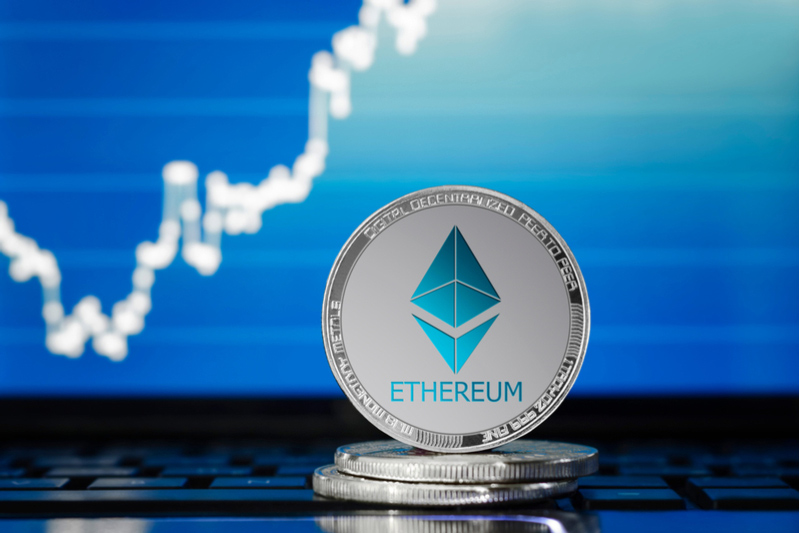As transaction activities increasingly shift to Layer 2 (L2) networks, there is anticipation within the ecosystem for a potential new bull run, primarily led by platforms like Arbitrum and Optimism. The surge in transactions on these scalable networks, which has grown significantly since 2021, points to the likelihood of the next wave of decentralized finance (DeFi), non-fungible tokens (NFTs), and meme coins being rooted in these Layer 2 solutions.
Ethereum’s main network layer has faced challenges in scaling to meet the growing demands of its user base, resulting in high gas fees and network congestion. Layer 2 networks, designed to offload the burden from the mainnet, offer faster transactions and lower fees, making them an attractive alternative for developers.
This shift toward Layer 2 networks is seen as integral to Ethereum’s future, and it is expected that the initial signs of a rally within the Ethereum ecosystem will emerge on these scalable platforms. They are anticipated to be the breeding ground for innovation and the preferred space for new projects in DeFi, NFTs, and beyond.
Vitalik Buterin’s roadmap for Ethereum emphasizes this transition, with key updates such as the solidification of single-slot finality in post-Merge proof of stake improvements. Cross-rollup standards and interoperability are highlighted for long-term development, aiming to enable seamless communication and transaction execution across different Layer 2 solutions, enhancing the composability of the ecosystem.
Additional developments, including the redesign of The Scourge, readiness of Verkle trees for inclusion, and the shrinking of “state expiry” to reflect broader consensus, demonstrate a commitment to continuous improvement. Incorporating deep cryptography for security and privacy, including obfuscation and delay-encrypted mempools, reflects a forward-looking approach within the network.




 By:
By:





